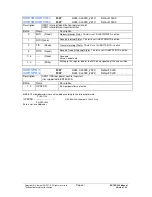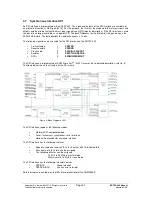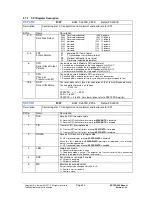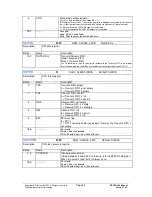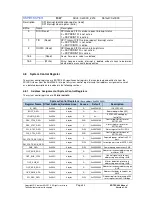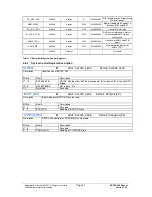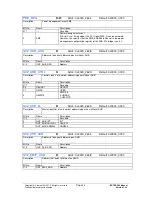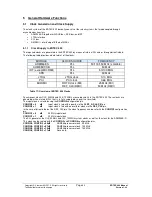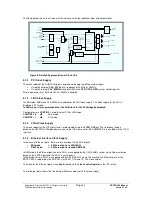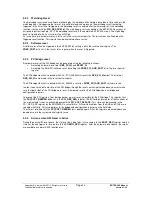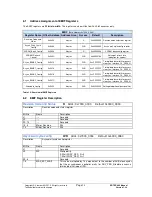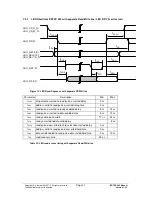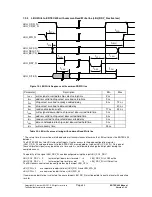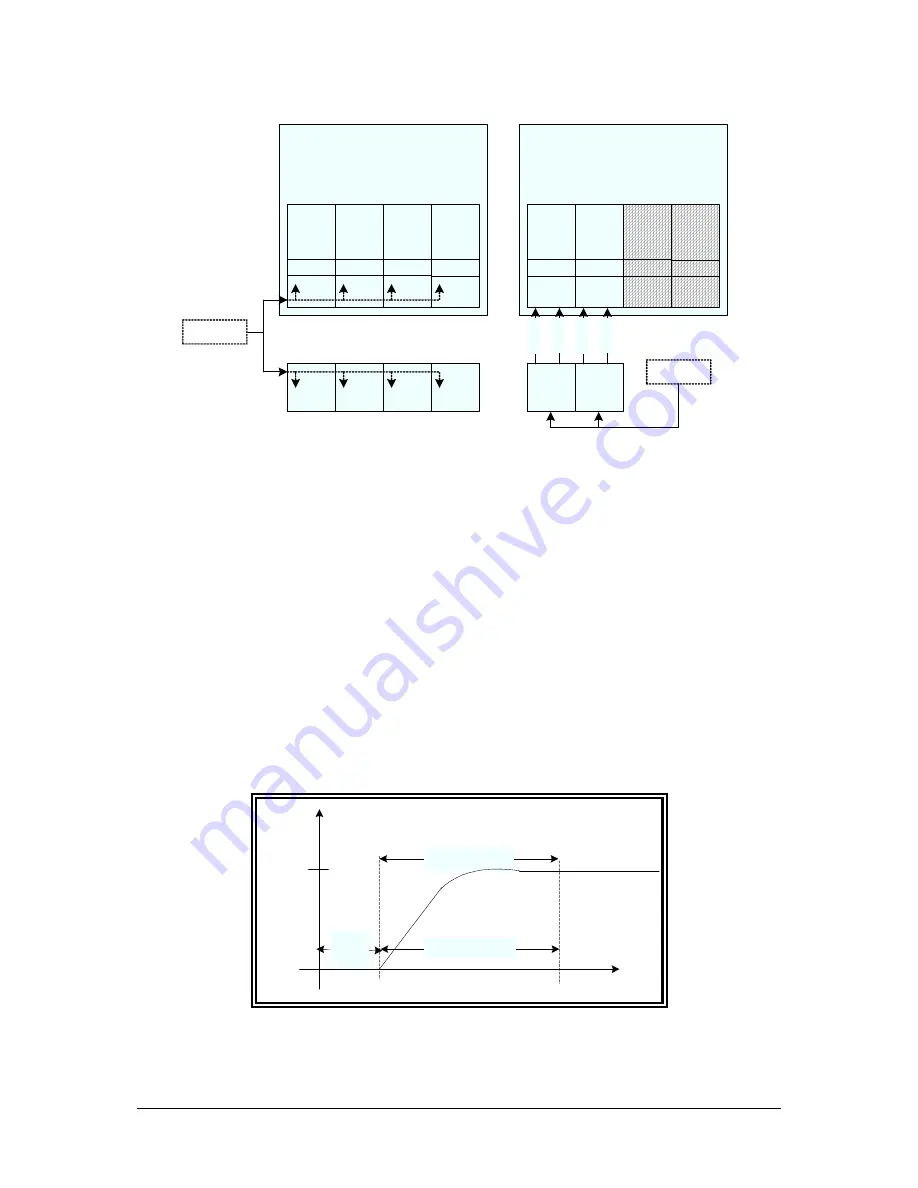
Copyright © Siemens AG 2010. All rights reserved.
Page
65
ERTEC 400 Manual
Technical data subject to change
Version 1.2.2
Ether-
net
port
0
Buffer
RMII
Ether-
net
port
1
Buffer
RMII
Ether-
net
port
2
Buffer
RMII
Ether-
net
port
3
Buffer
RMII
ERTEC400
RMII Mode
(Interface to 4-port PHY
via RMII)
Ether-
net
port
0
Buffer
MII
Ether-
net
port
1
Buffer
MII
Ether-
net
port
2
Buffer
RMII
Ether-
net
port
3
Buffer
RMII
ERTEC400
MII Mode
(Interface to two 1-port PHYs
via MII)
PHY0
(RMII)
PHY1
(RMII
PHY2
(RMII)
PHY3
(RMII)
PHY0
(MII)
PHY1
(MII)
R
X
_
C
L
K
T
X
_
C
L
K
R
X
_
C
L
K
T
X
_
C
L
K
REF_CLK
(50 MHz)
PHY_CLK
(25 MHz)
Figure 10: Clock Supply of Ethernet Interface
5.2 Reset Logic of the ERTEC 400
The reset logic resets the entire circuit of the ERTEC 400 except for the PCI portion of the AHB-PCI bridge.
The reset system of the ERTEC 400 is enabled by the following events:
•
Hardware reset via external
RESET_N
pin
•
Software reset via
XRES_SOFT
bit in the reset control register
•
Watchdog reset via watchdog timer overflow
The triggering reset event can be read out in the reset status register.
5.2.1
Hardware Reset
The external hardware reset circuitry is connected at the
RESET_N
pin of the ERTEC 400. If the hardware reset
is enabled, the entire ERTEC 400 circuit except for the PCI portion is reset internally. The hardware reset must be
present steadily for
at least 35 µs
(see figure below). Afterwards, the PLL powers up within t
Lock =
400 µs. The
lock status of the PLL is monitored. The state of the PLL can be read out in the
PLL_STAT_REG
status register.
In the case of the hardware reset, a bit is set in the reset status register. This bit remains unaffected by the
triggered reset function. This register can be evaluated after a restart. The following figure shows the power-up
phase of the PLL after a reset.
f/MHz
t/µs
t
LOCK
= 400 µs
35
Power-up PLL
active
Reset
300
Figure 11: Power-Up Phase of the PLL

